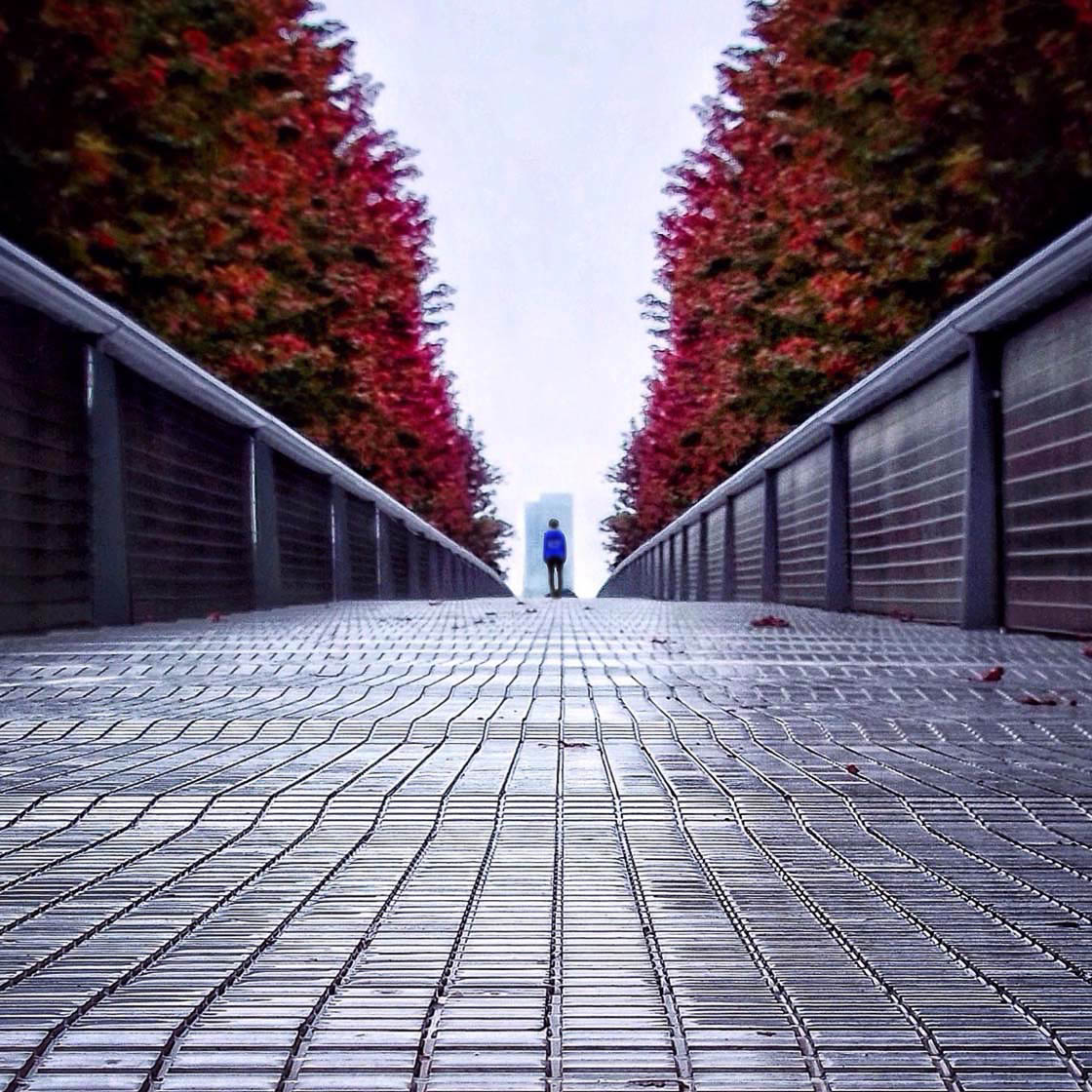The Best Guide To Street Photographers
The Best Guide To Street Photographers
Blog Article
Street Photographers Fundamentals Explained
Table of ContentsStreet Photographers Things To Know Before You BuyThe Best Guide To Street PhotographersWhat Does Street Photographers Mean?Street Photographers for DummiesStreet Photographers - The Facts
Road digital photographers do not always have a social function in mind, however they like to isolate and capture moments which might otherwise go unnoticed.Though he was affected by much of those that influenced the road digital photographers of the 1950s and '60s, he was not chiefly curious about recording the spirit of the road. The impulse to aesthetically document individuals in public started with 19th-century painters such as Edgar Degas, douard Manet, and Henri de Toulouse-Lautrec, that functioned side by side with professional photographers trying to catch the essence of city life.

Provided the great high quality of his photos and the breadth of product, architects and musicians frequently got Atget's prints to utilize as recommendation for their own work, though industrial rate of interests were barely his primary inspiration. Rather, he was driven to picture every last residue of the Paris he enjoyed. The mingled passion and necessity of his objective luster through, leading to photos that narrate his own experience of the city, qualities that expected road digital photography of the 20th century.
Street Photographers Fundamentals Explained
They disclose the city through his eyes. His job and fundamental understanding of digital photography as an art type worked as motivation to generations of professional photographers that followed. The next generation of road professional photographers, though they likely did not describe themselves because of this, was introduced by the photojournalism of Hungarian-born professional photographer Andr Kertsz.
Unlike his peers, Brassa made use of a larger-format Voigtlnder camera with a much longer direct exposure time, compeling him to be extra computed and thoughtful in his technique than he might have been if utilizing a Leica. (It is assumed that he might not have actually been able to pay for a Leica back then, yet he did, nevertheless, use one in the late 1950s to take colour pictures.) Brassa's photographs of the Paris abyss illuminated by synthetic light were a discovery, and the compilation of the series that he published, (1933 ), was a significant success.
Cartier-Bresson was a champ of the Leica camera and one of the very first digital photographers to optimize its abilities. The Leica enabled the photographer to connect with the surroundings and to catch minutes as they happened - Street Photographers. Its relatively tiny dimension also aided the professional photographer fade right into the history, which was Cartier-Bresson's recommended approach
Street Photographers Things To Know Before You Get This
It is due to this basic understanding of the art of photo taking that he is frequently attributed with uncovering the medium around once again about a century given that its creation. He took photographs for greater than a half century and affected generations of professional photographers to trust their eye and intuition in the minute.
These are the questions I will try to respond to: And afterwards I'll leave you with my own meaning of road photography. Yes, we do. Let's begin with specifying what a meaning is: According to it is: "The act of specifying, or of making something certain, distinctive, or clear".
No, definitely not. The official website term is both limiting and misdirecting. Seems like a road digital photography ought to be from this source images of a roads right?! And all road professional photographers, except for a handful of outright beginners, will fully value that a road is not the key part to street digital photography, and actually if it's an image of a street with maybe a couple of monotonous people doing absolutely nothing of interest, that's not road digital photography that's a snapshot of a road.
He makes a valid factor do not you think? While I agree with him I'm not sure "honest public photography" will capture on (although I do kind of like the term "candid digital photography") due to the fact that "street photography" has actually been around for a lengthy time, with lots of masters' names affixed to it, so I think the term is here to stay.
Some Of Street Photographers
You can fire at the coastline, at a festival, in a click here to find out more street, in a park, in a piazza, in a cafe, at a museum or art gallery, in a metro terminal, at an event, on a bridge, under a bridge ...
Yes, I'm afraid we terrified no choice! Without regulations we can not have an interpretation, and without a meaning we don't have a category, and without a style we do not have anything to specify what we do, and so we are stuck in a "regulations definition style" loop! - Street Photographers
Little Known Questions About Street Photographers.

Report this page